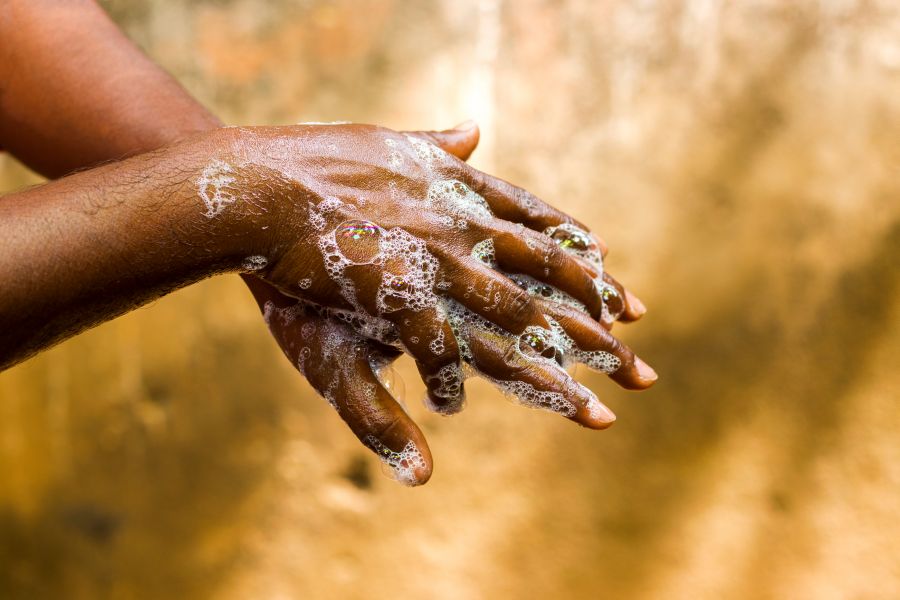Hand Care
What Is It?
Intact skin is a natural defense against infection, so having cuts and abrasions reduce the effectiveness of hand hygiene practices. Breaks or skin lesions are possible sources of entry for infectious agents and may also be a source of infection.
Important Points To Remember
Check your skin is intact with no cuts, abrasions, or lesions
Any cuts, abrasions, or other skin lesions must be completely covered with a waterproof dressing which should be changed as necessary or when the dressing becomes soiled
Disposable medical examination gloves must be worn by clinical staff to cover and protect larger skin lesions
Dermatitis or any other discharging lesion must be reported to the facility administrator
Keep your hands soft and supple by using hand cream and emollient after performing tasks such as hand hygiene, before going on a break or going off duty
Improving The Effectiveness of Hand Hygiene
 The type and length of fingernails can have an impact on the effectiveness of hand hygiene.
The type and length of fingernails can have an impact on the effectiveness of hand hygiene.
Artificial or false nails have been associated with highly infectious agents, especially gram-negative bacilli and yeasts. Fingernails should be kept short (e.g., the length of the finger pad) and clean. Artificial fingernails should not be worn. It is best practice not to wear nail polish as chipped nail polish may support the growth of organisms.
Hands and forearms should be free of jewellery, and sleeves should be above the elbow (bare below the elbows). A plain band, e.g., a wedding ring, is acceptable, but this should be moved about on the finger during hand hygiene practices.